Powys couple on trail of charity shop WW1 bedspread mystery
- Published
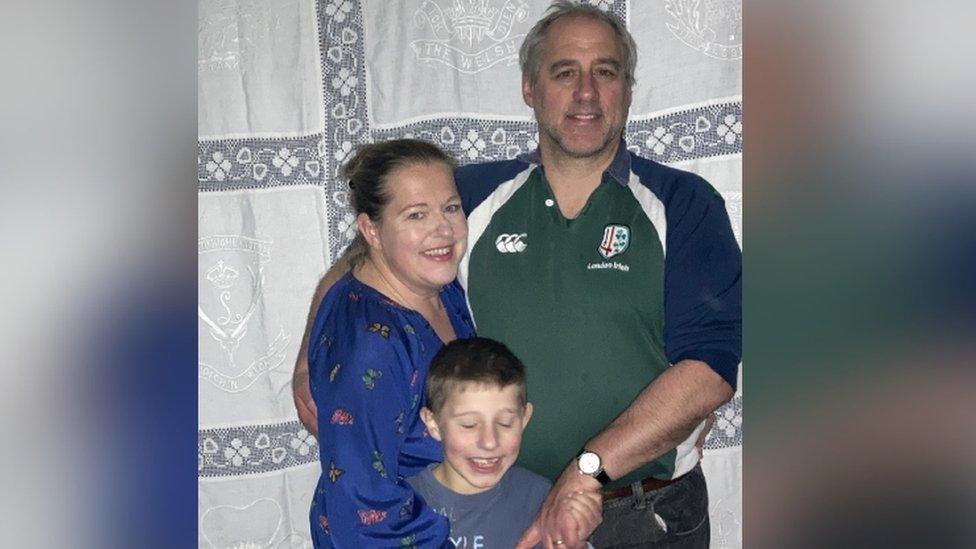
Anne and Damian Ward, pictured with son Joseph, bought a mysterious bedspread from a charity shop
Rummaging in a charity shop can sometimes turn up the odd bargain.
Yet Anne and Damian Ward of Llangammarch Wells, Powys, got more than expected when they unearthed a unique World War One bedspread in Brecon's Red Cross shop.
It has a 26m (85ft) lace circumference and displays the embroidered badges of 12 World War One regiments from across the British Empire.
Their quest to discover its origins has kept Anne and Damian busy throughout the Covid lockdowns, and is still nowhere near completion.
"We were only looking for a nice table cloth for Christmas dinner," said Anne.
"The shop manager brought out a large bag full of linen for us to sort through, and we discovered this amongst it."
Damian said they knew it was "something special" when they recognised the badges.
"Anne's from South Africa originally, and was surprised to see a Springbok " he said.
"I identified another from an Irish regiment, and there is no mistaking the RFC insignia."
The RFC was the Royal Flying Corp, the predecessor of the RAF.
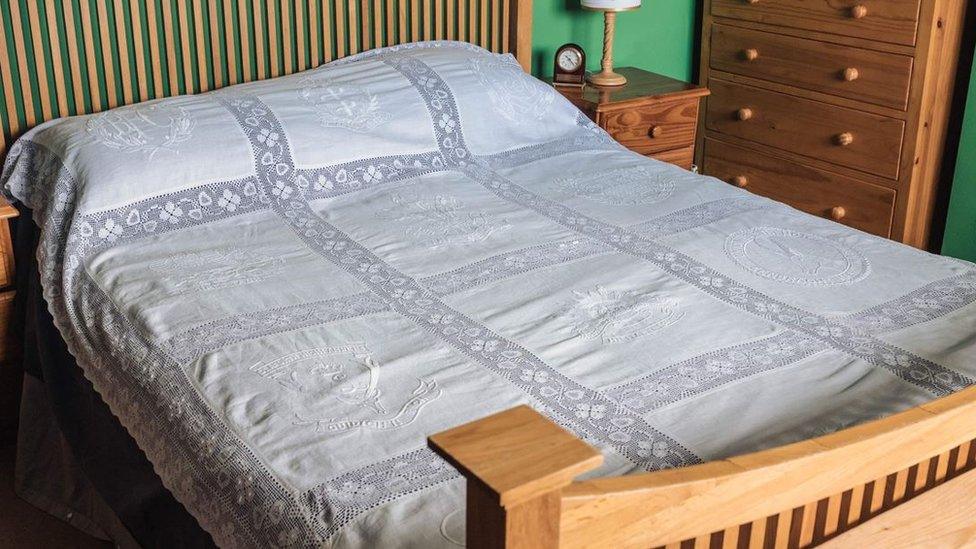
It bears the insignia of World War One regiments from across the British Empire
Their best theory was that it was embroidered by convalescing servicemen repatriated from the Western Front.
However each of the Allied forces usually operated their own rehabilitation hospitals, so to see insignia from across the Empire is very unusual.
Damian said: "If it did come from a military hospital, then it must have been a highly specialised one, dealing with burns, plastic surgery or mental health et cetera, where the allies would have pooled their resources."
Making it more unusual is that the badges are embroidered in white-on-white, while similar surviving examples are coloured.
Anne and Damian, who have documented their super-sleuthing in a self-published book entitled Twelve Secret Voices, bought the bedspread in November 2018.
When the country was plunged into lockdown in March 2020 they were able to dedicate more time to it.
Anne said: "Until then it had been a little bit of a distraction for us, what with three children and both of us working, but once the world was locked down and we had more time, it soon became our obsession."
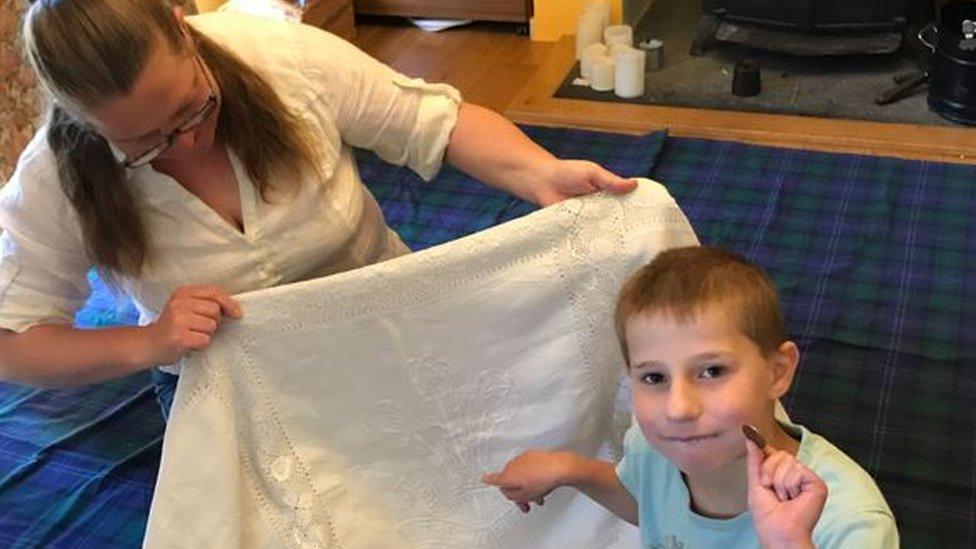
Joseph spotted the Welsh feathers after recognising them from a two pence piece
Their research pointed to Ypres, in Belgium, where they tried to find a connection between the regiments.
Clues also indicated an Irish convent, embroidery organisations and the prime minister's country residence, Chequers, could be significant.
At Chequers there is a very similar bedspread, with coloured embroidery on white, created by soldiers at the Bath Military Hospital.
But that one bears the names of the men who embroidered it.
Their investigation also led them to English actor Ernest Thesiger who had a life-long obsession with embroidery.
He was the star of early films including Bride of Frankenstein - released in 1935.
He pioneered embroidery as an early type of occupational therapy for bed-ridden servicemen.
Damian said: "The style is very similar to some of Ernest's work, and the type of thing you could imagine him teaching injured soldiers, but there's just not the documentary evidence to prove that theory."
It has begun to make Anne wonder whether the bedspread was crafted by servicemen after all.
"The quality of the stitching is so sublime that it's hard to imagine it was done by a novice, learning embroidery for the first time as a form of therapy," she said.
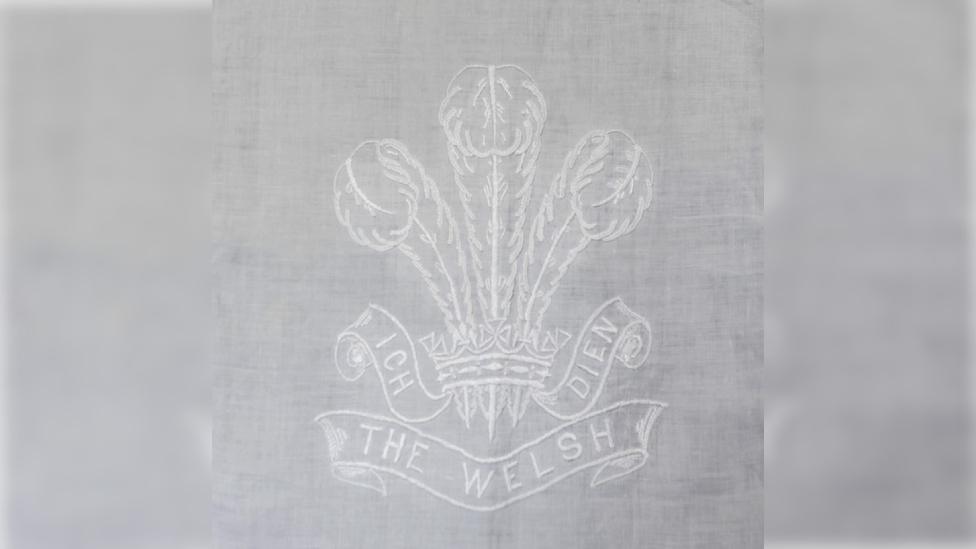
Their investigation has led them to Ypres, an Irish convent and the prime minister's country residence, Chequers
"So another angle we've started to look at is whether it was possibly made by Belgian or French refugees as a form of thank you.
"During WW1 there were some 200,000 Belgians who fled from the fighting, and Belgium was renowned for the quality of its needlework."
Damian and Anne have now donated the blanket to London's National Army Museum, while they continue their investigation.
"It's far too big for us to keep at home, let alone use, and besides, it's in such immaculate condition that we'd be terrified of spilling a cup of tea over it or something," he said.
"We'd much rather that it was cared for by people who know how to treat it, and that it was available for everyone to see."
In the meantime Anne and Damian have set up a Facebook page for anyone to offer theories or links to the bedspread's provenance.
"We've appealed around Brecon, but no-one can tell us who donated it to the Red Cross charity shop initially," Damian said.
"We're not going to give up, there must be someone out there who knows something, so please, please get in touch.
"Such a wonderful piece of art deserves its history back."
- Published30 May 2021
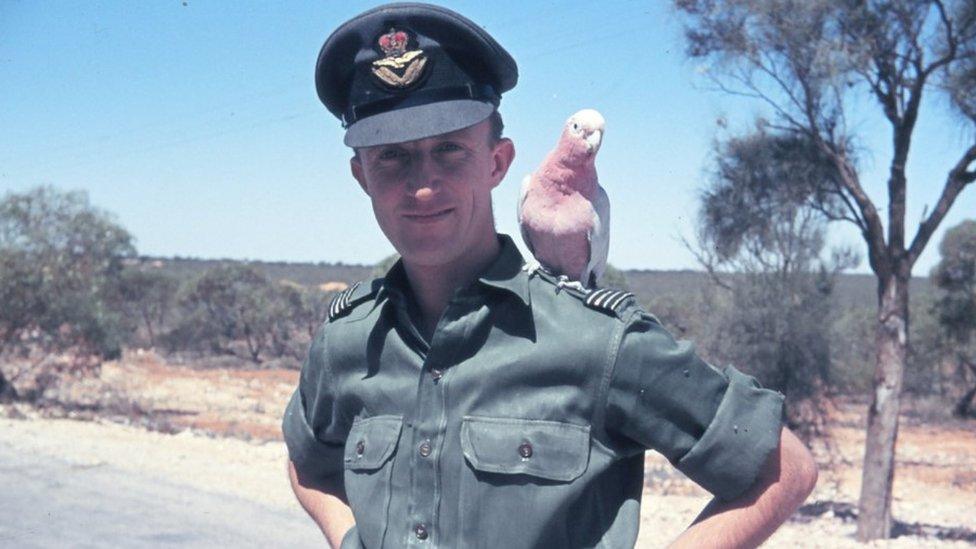
- Published20 February 2021
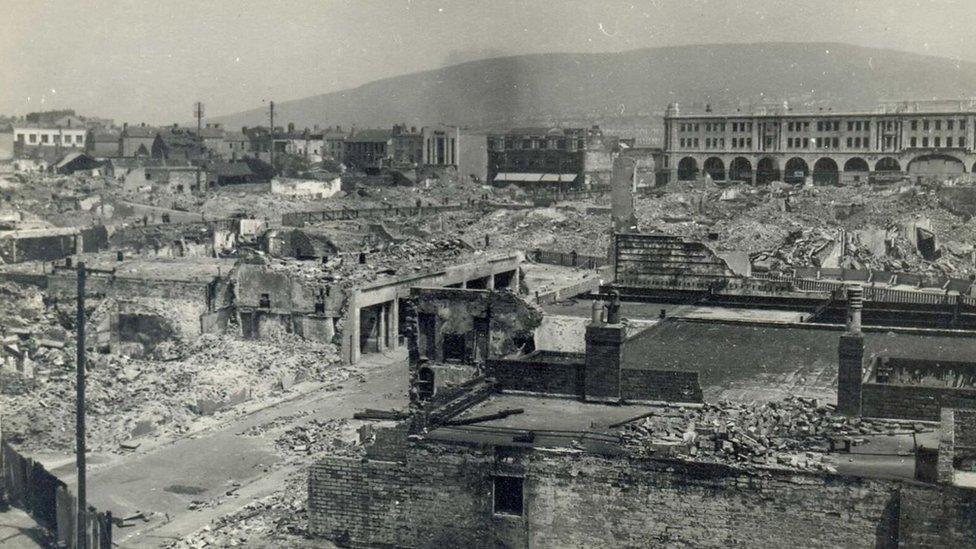
- Published26 January 2021
